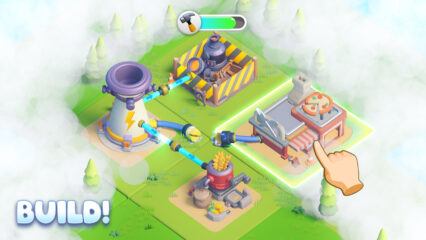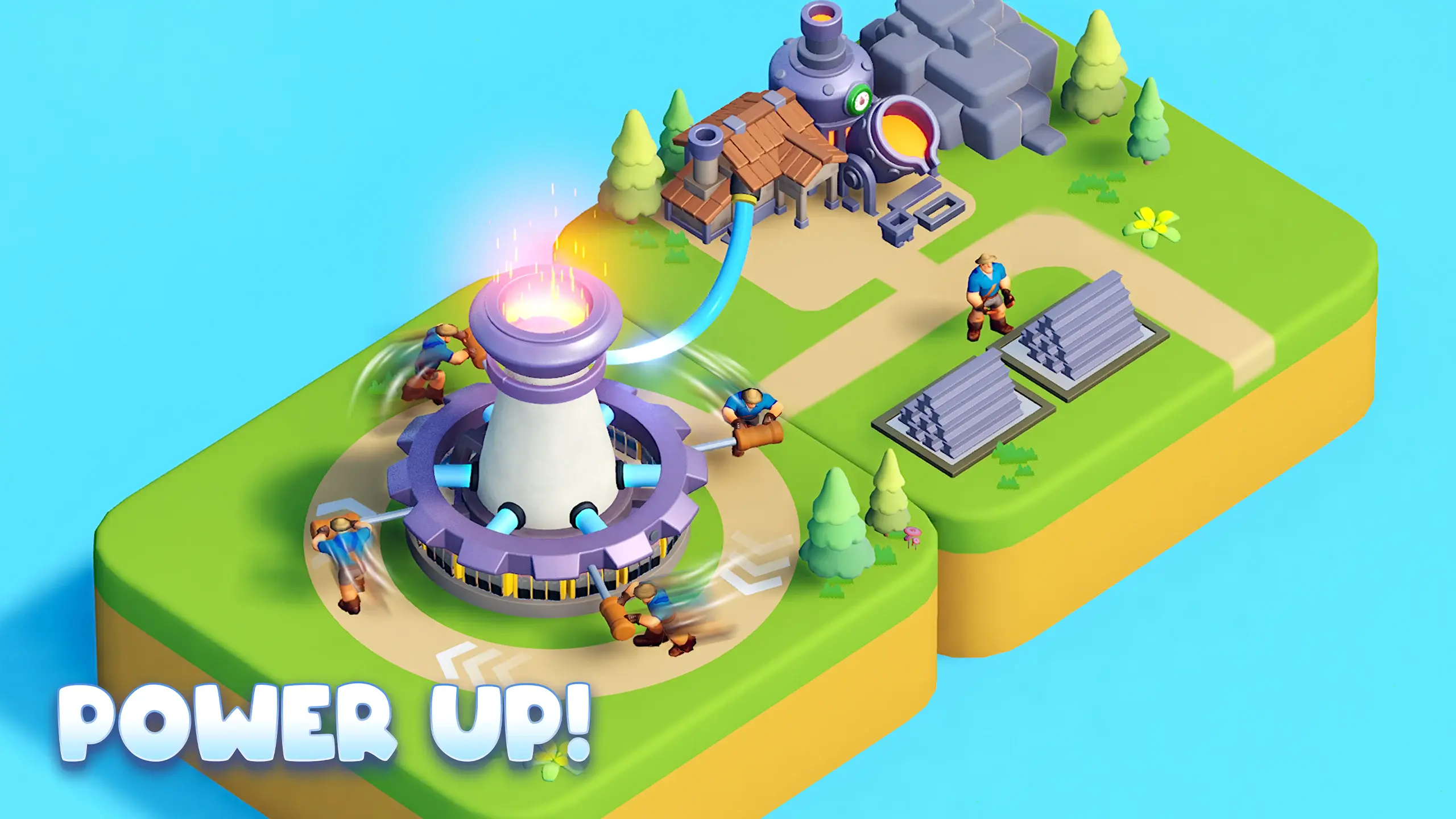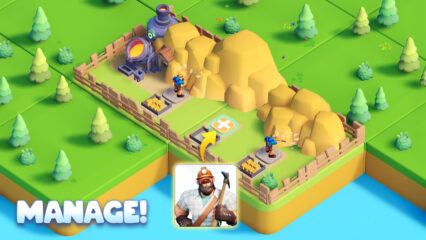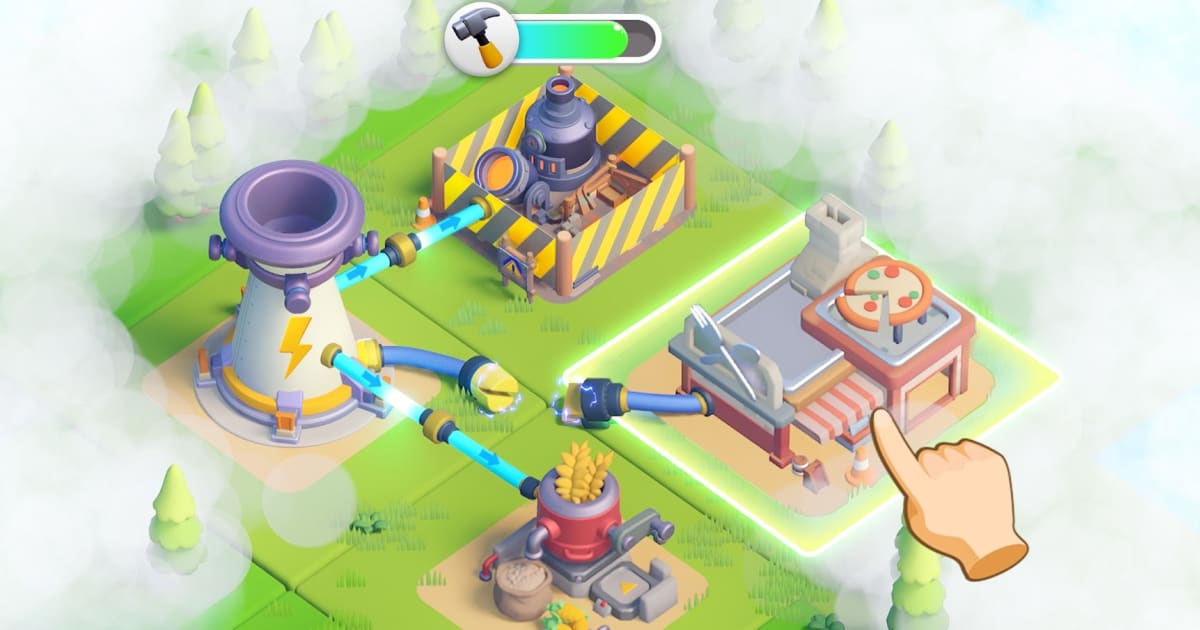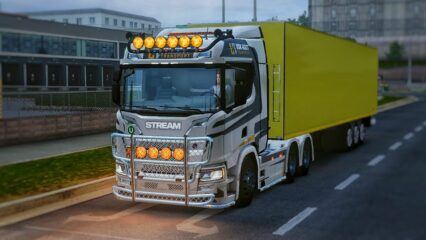Tiles Survive! – Base Management and Resource Strategy Guide
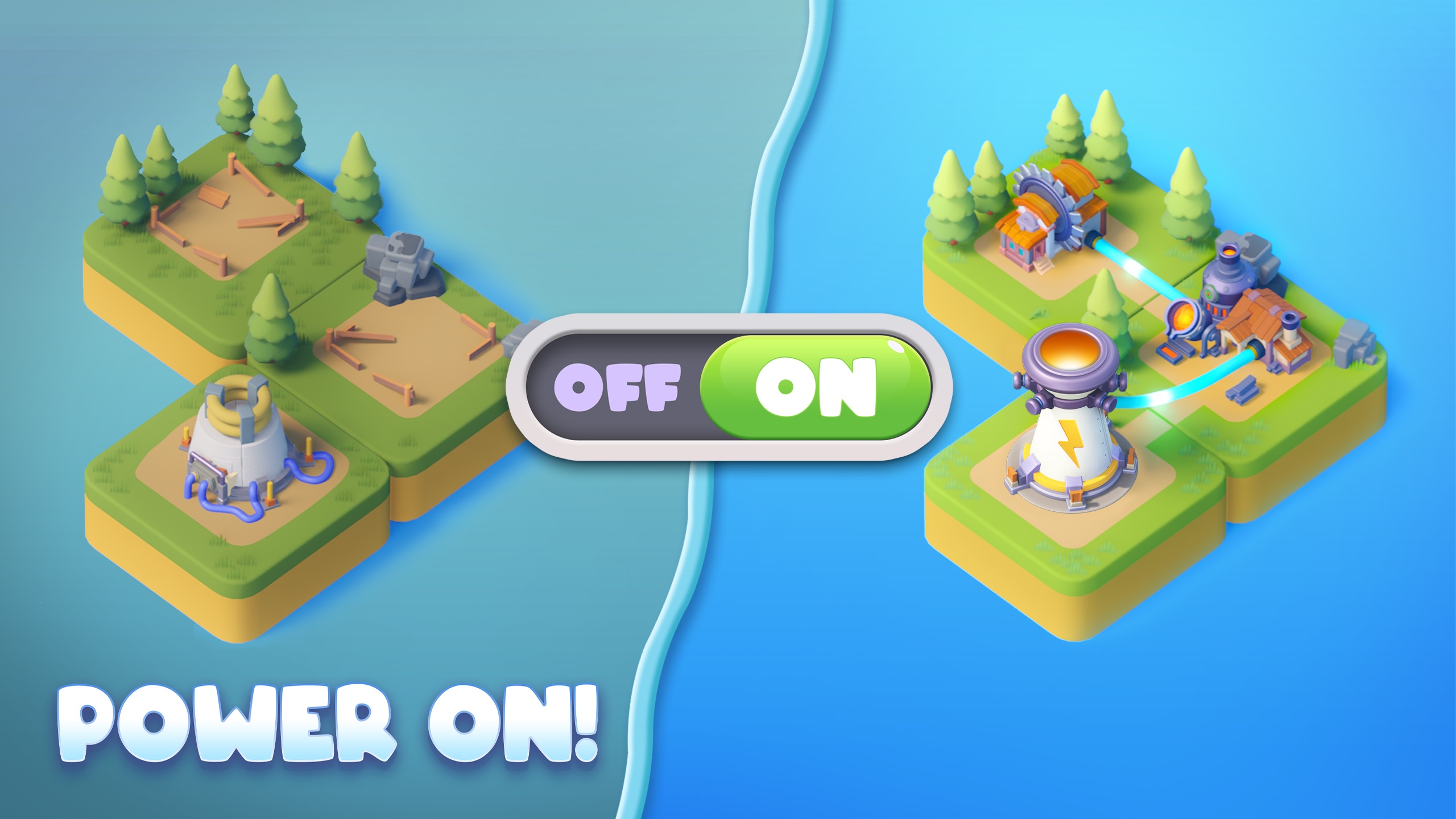
Tiles Survive! combines survival and strategy in a world where every decision shapes the fate of your settlement. Managing your base well is the foundation of success — from keeping survivors healthy to balancing food, electricity, and resources. This guide focuses on base management and resource strategies to help you build a thriving community step by step.
Setting the Foundation of Your Base
When the game begins, Sarge introduces you to the first survivors and tasks. Your base starts small, and every building placement and upgrade counts. It’s better to focus on upgrading essential facilities than spreading resources thinly across too many structures.

Centralizing Key Buildings
Place core facilities like the Power Plant and Kitchen near the center of your base. This ensures quick access and allows survivors to work efficiently. Think of your Power Plant as the “engine room” — without it, everything else slows down.
Balancing Storage and Production
Many players make the mistake of producing too much too quickly. If your storage is not upgraded alongside production, you’ll waste valuable resources. Always keep both in balance, especially for food and wood.
Electricity – The Lifeblood of Your Settlement
Electricity powers your settlement and speeds up production in every facility. Without enough power, upgrades stall, and survivors cannot work effectively.
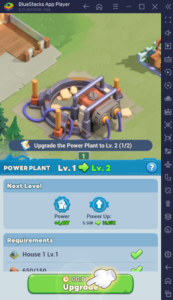
Why the Power Plant Should Be Your First Focus
The Power Plant is the single most important building in Tiles Survive. Upgrading it ensures kitchens cook faster, workshops process materials more efficiently, and new tiles can be supported. Each new chapter will demand higher electricity output, so treat the Power Plant as a top priority.
Tips for Managing Electricity:
- Upgrade the Power Plant early and often.
- Connect only the most important facilities first (kitchens, workshops, housing).
- Avoid overexpansion until your plant can handle the extra load.
Survivor Housing and Efficiency
Survivors are the backbone of your base. Their productivity depends heavily on housing quality, rest, and morale.
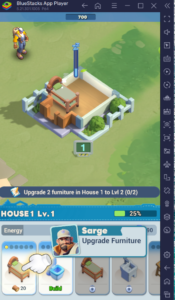
Upgrading Housing and Furniture
Houses give survivors a place to rest, but furniture upgrades such as better beds directly impact recovery speed. A rested survivor returns to work faster, which is crucial in the early chapters when every hand matters.
Rotating Survivors for Maximum Efficiency
Instead of pushing the same survivors to work non-stop, rotate them between jobs and rest. Assign strong survivors to heavy tasks like woodcutting or building, while tired survivors can take on lighter duties until they recover.
Food Production and Cooking Strategy
Food isn’t just about survival; it drives morale and stamina. A well-fed survivor is more productive, while shortages quickly lead to inefficiency and failure.

Early and Advanced Meals
At first, focus on simple recipes like soup, which are quick to prepare in bulk. As your settlement grows, start introducing advanced meals such as pasta or meat dishes, which boost stamina for longer work periods.
Keeping a Balanced Food Supply
While advanced meals are powerful, don’t rely on them exclusively — rare ingredients should be saved for critical times. Instead, maintain a mix of basic and advanced meals to ensure consistency without shortages.
Cooking Strategy Checklist:
- Always keep a stock of basic meals ready.
- Introduce advanced meals once your food reserves stabilize.
- Match meal quality to workload — reserve stronger meals for heavy tasks or emergencies.
Resource Gathering and Expansion
Every structure and upgrade depends on resources. Managing them wisely ensures steady growth without stalling progress.
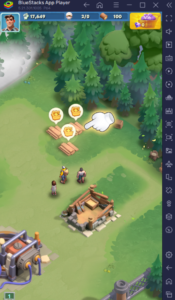
Prioritizing Resources
Wood and food dominate the early game. Nearly every construction requires wood, while food keeps morale and productivity stable. Stone and metals appear later but should not be ignored once you unlock mining tiles.
Smart Tile Expansion
Expanding tiles reveals new resources and hidden structures, but expansion must be deliberate. Always expand toward tiles that match your current shortages. For example, unlock a farming tile if your food supply is low, or a quarry if upcoming upgrades demand stone. Expanding too quickly can drain stamina and stretch your resources too thin.
Crafting and Workshop Management
Crafting ties your entire settlement together. Workshops allow you to produce furniture, tools, and equipment that boost survivor efficiency.
Upgrading furniture improves housing recovery, while tools increase gathering speed. For example, a lumberjack with better tools will bring in wood faster, helping you stay ahead of construction demands. Blueprints obtained through exploration unlock even more crafting options, making exploration and crafting deeply interconnected.
Long-Term Sustainability
A thriving settlement is built on balance. Producing more than your survivors can consume wastes resources, while producing too little causes shortages that ripple through your base. A useful rule of thumb is to maintain food production at roughly double your survivor count. This ensures both current and future needs are covered.
Storage upgrades should follow closely behind production upgrades so that surpluses are preserved for harder chapters. Similarly, always align exploration with your base’s capacity — unlocking too many tiles without a strong Power Plant and food system will leave your survivors overextended.

Base management in Tiles Survive! is a careful balancing act between survivors, resources, and upgrades. Focus on your Power Plant, keep housing and food supply steady, expand tiles strategically, and craft tools that boost productivity. With this approach, your settlement will not only survive but steadily grow into a secure and efficient hub. For the best gaming experience, play Tiles Survive! on BlueStacks!
Keep progressing in Tiles Survive! with our other in-depth guides.


